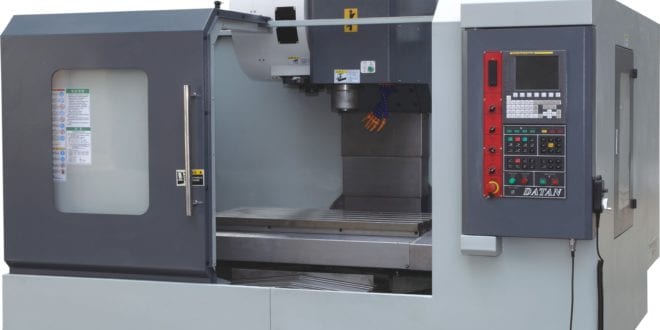
What are the Advantages of CNC Machining vs Manual Machining? the benefits of cnc machining CNC (Computer system Numerically Managed) machining is a production process in which pre-programmed computer system software application dictates the movement of factory tools and equipment. Utilizing this type of device versus manual machining can lead to enhanced accuracy, increased production speeds, boosted safety, increased performance, and most of all cost savings.What are the Advantages of CNC Machining?
The accuracy of the CNC device guarantees consistent item quality. The process is more accurate than manual machining and can be duplicated in exactly the very same manner over and over again.
Increased production speed and increased performance. Computers are utilized to manage the machines, the procedure is automated for that reason increasing speed and quality of manufacturing. Thinking about makers do not tire or need breaks it makes it more efficient than manual machining. Among the primary advantages for the operators of CNC devices is security. Utilizing CNC machines are much safer than manually operated devices as they work behind a guard or perhaps a closed, transparent safety door.
CNC Machining is more cost effective. Conventional machining needs one operator per machine. CNC machining needs less maker operators since one knowledgeable operator can run several devices at one time. Considering that the CNC is so precise it lowers errors from the manufacturing process and removes unneeded waste. CNC Machining Providers for Custom Applications
Eagle specializes in Swiss CNC Machining, delivering some of the most elaborately formed stainless-steel parts available in the industry. We're capable of operating in sizes ranging from 0.030 ″ to 2 ″, enabling us to satisfy the distinct specs of even the most requiring applications. To learn more on our Swiss CNC machining services and abilities, simply call us or request a quote today.Half a century ago, machinists were always responsible for crafting every single piece to excellence. These skills are still required, however when it comes producing the exact same piece at high volume and high precision, computerized makers are significantly exceptional. That's where Computer Numerical Controlled (CNC) machining comes in. CNC machining is a production approach that uses pre-programmed computer system software to manage machining tools. This technology can be used to carry out a variety of complex processes, consisting of grinding, routing, milling, punching, turning and lathing. CNC machining revolutionized the market in the 1960's and is the dominant approach of machining today. It is very important to understand the different advantages and drawbacks of using this innovation in your manufacturing operations. Constant Usage: Unlike manual labor, CNC machinery (disallowing any malfunction or upkeep issue) can work constantly over any period of time without a break. This significantly increases performance and efficiency. Consistency, Precision and Redundancy: With computer software application, the design of any given item just requires to be programmed once. The CNC device can then completely reproduce that design, for any order quantity. Low Skill Requirement: CNC device operators need little training and ability when compared to manual maker operators.
Fewer Personnel: Because computer software application manages the equipment, less technicians are required for operation and oversight, cutting overall expenses. Flexibility: The software can be reprogrammed quickly and easily to produce various parts, permitting operations to stay up to date with moving consumer needs. Capability: This technology uses computer system accuracy to surpass the restrictions of manual capabilities. More complex and intricate operations are possible with CNC machining. Cost: CNC makers are more costly and require a higher preliminary investment than machines that can be run manually. However, as this innovation becomes the requirement, supply is increasing leading to costs slowly Stainless-Steel Stamping decreasing.
Skills Loss: As the need for manual machine operators reduces, fewer and less new trainees adopt those skills. This might ultimately lead to the complete loss of long-preserved abilities.
Unemployment: Automation decreases the requirement for manpower, and less laborers are worked with. That said, the requirement is now shifting to software application engineers and mechanical engineers, and education and training will have to get used to meet that requirement. To find out more on the abilities gap in the production industry, recommendation this post.